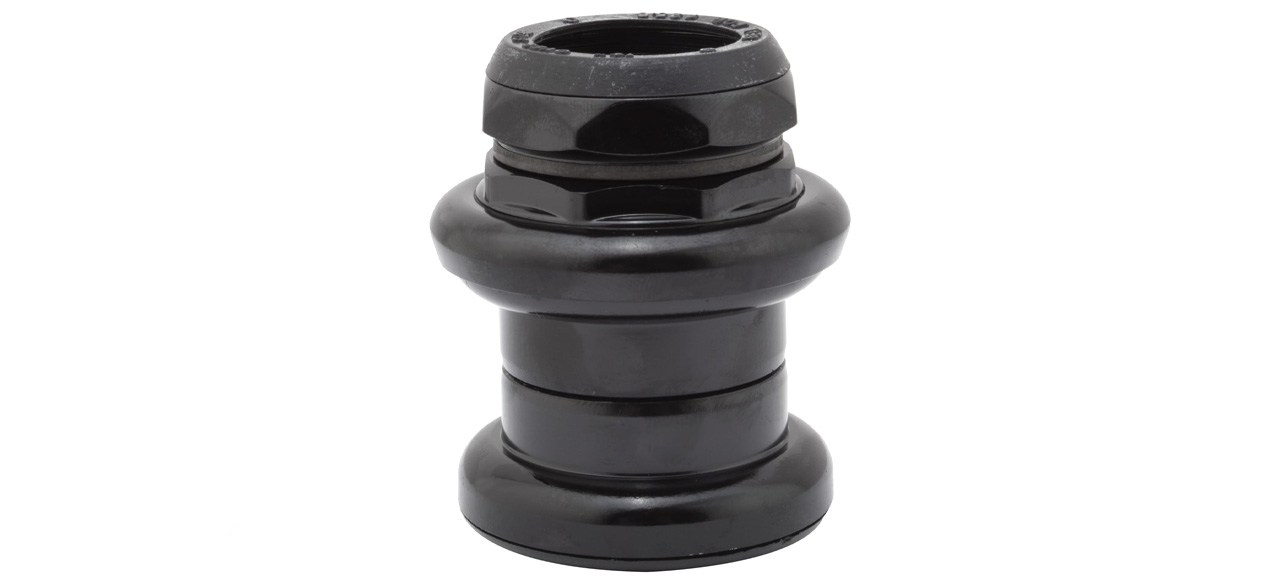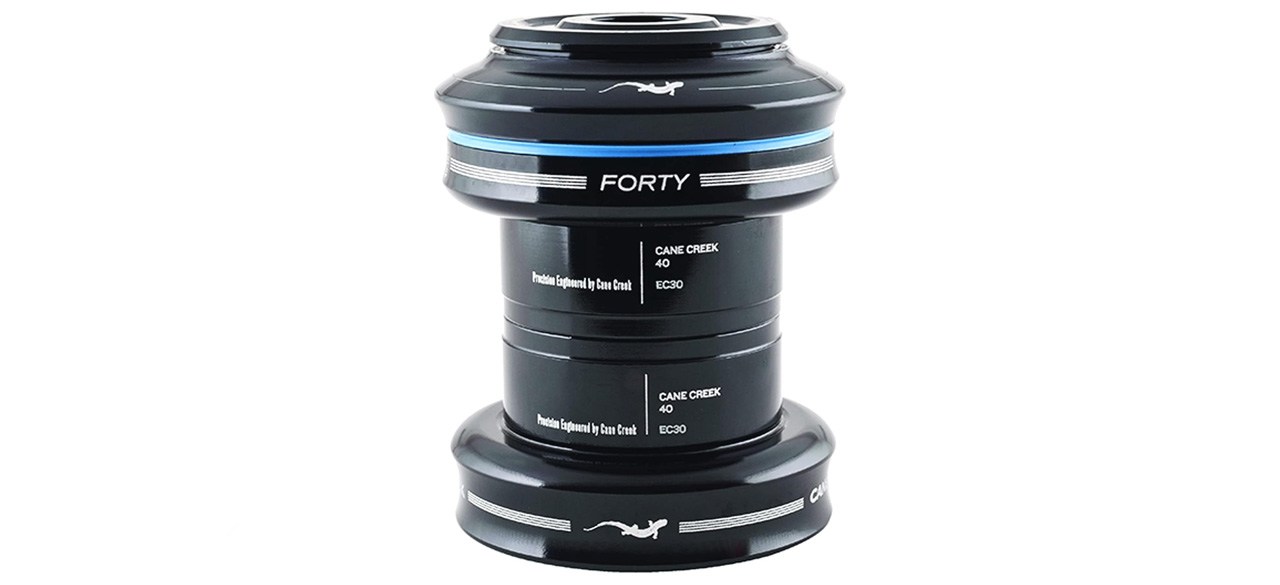
Which bike headsets are best?
In cycling, the headset is a collection of tubes, rings, bearings (known as races), and seals that fits into your bike frame and holds the top tube of the forks (the fork steerer) in place. It gives firm support while allowing the forks to turn smoothly.
If your bike headset is worn, then the handlebars won’t turn smoothly, and you’ll get uneven braking. That impacts both handling and your safety. It needs replacing, and it’s something many cyclists can handle themselves.
However, the choice of new headsets is vast, so we’ve put together a quick guide to help you get the right one for your bike. We’ve also made a few recommendations at the end. Our favorite, FSA “The Pig” Headset, is a tough, high-quality option from a company with a reputation for making world-class cycle components.
What to know before you buy a bike headset
A key set of components
On low-cost bikes, headsets are usually threaded and made of steel. They screw in and screw out relatively easily. On more expensive bikes, they are a push fit, which is more solid, and many of the components are aluminum to reduce weight (though bearings/races will be steel for durability). On headsets designed for racing bikes, you will occasionally find Teflon components. They are extremely light, very low friction without needing lubricants, but do wear more quickly. They’re also costly, but then if you’ve invested upward of $5,000 in a bike, they are probably worth it.
You’ll also find them described as “conventional,” where an exterior cup holds the bearing, or “integrated,” where the bearing sits within the frame tube. The latter are easier to fit and look neater, but you can’t normally swap from one type to the other — you have to replace like with like.
Sizing
Common head tube diameters (the parts of the frame the headset fits into) are 1 inch and 1 1/8 inch, but they can be larger, so you need to check. Sometimes it’s actually marked on the headset, but on older models, you’ll need to remove the existing one, then measure the inside of the frame tube. That gives you the external diameter of the headset, then you need to check the sizes of the fork steerer. Be careful — some are parallel while others are tapered. It’s important you know top and bottom bearing size, or it’s not going to fit properly.
Many headsets will fit a variety of bikes. It’s just a question of making sure you’ve got the right dimensions. However, race machinery — whether on- or off-road — can be very specific, and you may have little choice. If you have that kind of bike, you’ll need to make sure before ordering. You may find the information on the manufacturer’s website. Otherwise, you’ll need to contact them or get advice from a technician at the bike dealership.
How much you can expect to spend on a bike headset
If you’ve got a low-cost, steel-framed bike with a threaded headset, you can probably find a replacement for $10-$15. Quality aluminum headsets start at around $25, but you can pay $70 or more for lightweight racing equipment.
Bike headset FAQ
Is it easy to change a bike headset myself?
A. Removing the old one is usually a simple task, and threaded inserts are easy to replace. Some push-fit types can be done by hand, but others need to be put in with a press. A pro tool is a bit expensive, but you’ll find several examples of homemade devices online.
How often does a headset need to be changed?
A. It’s impossible to tell. If you just ride around town it might last five years or more. If you’re a high-mileage road rider or aggressive mountain biker, you could go through a couple of headsets a year. It’s usually easy to tell — the front end feels loose, or grates as you turn. It will probably get noisy, too.
What are the best bike headsets to buy?
Top bike headset
What you need to know: This is exactly what many cyclists need, at a surprisingly competitive price.
What you’ll love: It is a well-made aluminum model, forged and computer-machined for accuracy. The oversized, sealed bearings give smooth action and improved durability. It is also recommended for heavily loaded bikes and tandems. It is an excellent value.
What you should consider: If you’re competing, it’s not particularly light.
Top bike headset for the money
What you need to know: This is a decent, cheap headset for those who didn’t invest much in their bike.
What you’ll love: It has a durable, steel body and bearings. It is quick and easy to fit. It comes ay a very low cost — and you even get a choice of color.
What you should consider: The finish can wear quickly. It could have been made more accurately.
Worth checking out
What you need to know: This offers unrivaled quality and precision for the serious road- or mountain bike enthusiast.
What you’ll love: It offers practically flawless engineering. It is made from premium 6061 T-6 aluminum. The contoured cups minimize weight. Its hard-wearing steel bearings come with low-friction seals.
What you should consider: It’s expensive and requires a special tool to install.
Prices listed reflect time and date of publication and are subject to change.
Check out our Daily Deals for the best products at the best prices and sign up here to receive the BestReviews weekly newsletter full of shopping inspo and sales.
BestReviews spends thousands of hours researching, analyzing and testing products to recommend the best picks for most consumers. BestReviews and its newspaper partners may earn a commission if you purchase a product through one of our links.







